-
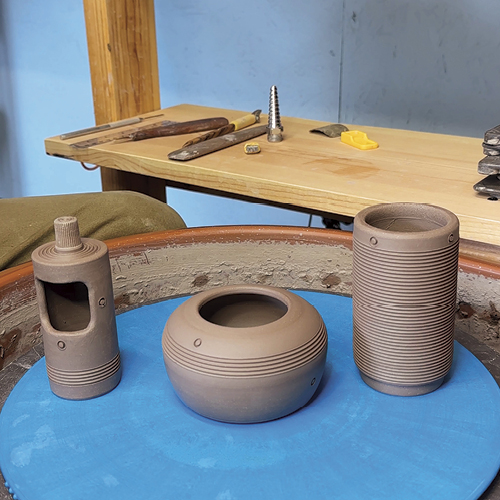 Match StrikerI started making match strikers two years ago while participating in a monthly pottery challenge at the community clay studio I teach at, East Mitchell Clay.
Match StrikerI started making match strikers two years ago while participating in a monthly pottery challenge at the community clay studio I teach at, East Mitchell Clay. -
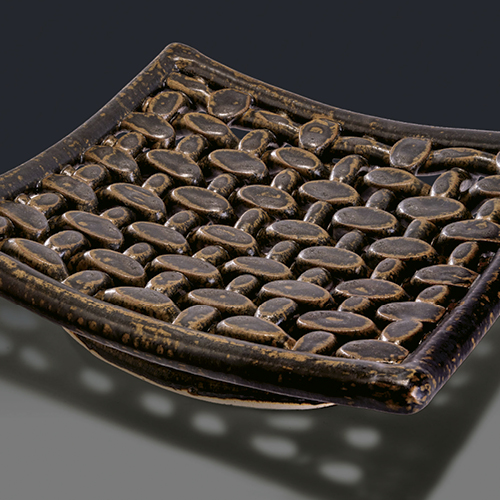 The Art of Weaving ClayI have been working with clay since I was a small child. I also have been a weaver at times, so I decided to try weaving clay.
The Art of Weaving ClayI have been working with clay since I was a small child. I also have been a weaver at times, so I decided to try weaving clay. -
 In the Potter's Kitchen: Set of CoastersA set of ceramic coasters became that household object that I knew was missing in my life.
In the Potter's Kitchen: Set of CoastersA set of ceramic coasters became that household object that I knew was missing in my life. -
 Pottery Illustrated: KnobsIllustrations of knobs.
Pottery Illustrated: KnobsIllustrations of knobs. -
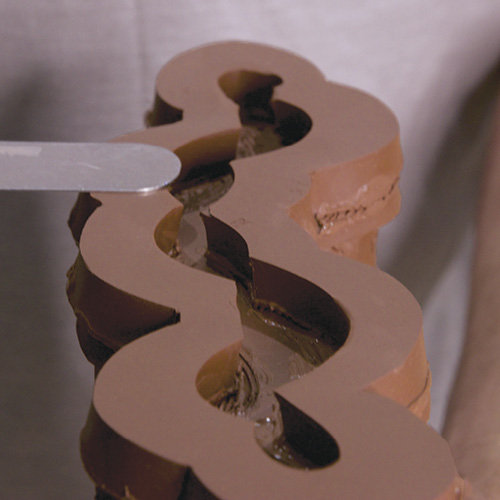 Light, Intention, and AtmosphereDrawing on experiences in Italy, I have made several versions of candle holders, including a candelabra for multiple taper candles. The form is composed of a group of intersecting tubes that is finished with a floor, foot, and added rims.
Light, Intention, and AtmosphereDrawing on experiences in Italy, I have made several versions of candle holders, including a candelabra for multiple taper candles. The form is composed of a group of intersecting tubes that is finished with a floor, foot, and added rims. -
 In the Studio: Side Hustle: (Not So Instant) Insta SalesTo discuss selling and connecting with customers via social media we must backtrack to the beginning steps to streamline this process.
In the Studio: Side Hustle: (Not So Instant) Insta SalesTo discuss selling and connecting with customers via social media we must backtrack to the beginning steps to streamline this process. -
 Editor's Note: Journey Before DestinationWe do the practice, or we don’t achieve the dream. And any shortcuts rarely, if ever, deliver what they promise.
Editor's Note: Journey Before DestinationWe do the practice, or we don’t achieve the dream. And any shortcuts rarely, if ever, deliver what they promise. -
 Amalgamated ArrangementsThe unified goal of my work is to create an intriguing surface that can give people a moment of escape from all the things that we process in our day-to-day lives.
Amalgamated ArrangementsThe unified goal of my work is to create an intriguing surface that can give people a moment of escape from all the things that we process in our day-to-day lives. -
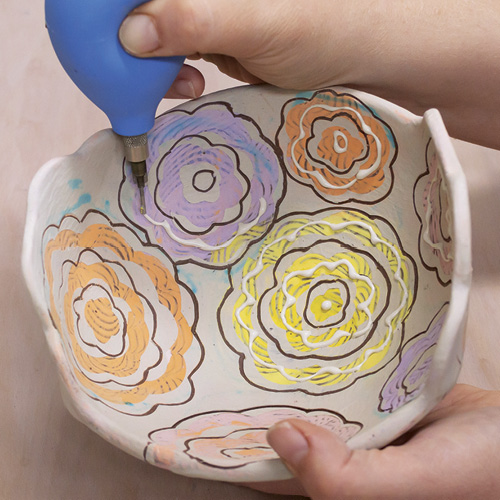 Bowls in BloomCeramic surfaces have captured my interest from the very beginning of my clay journey. The merging of imagery and form is a limitless exploration of ceramic materials.
Bowls in BloomCeramic surfaces have captured my interest from the very beginning of my clay journey. The merging of imagery and form is a limitless exploration of ceramic materials. -
 From Collage to CupEvery aspect of our lives feeds into the other. What is it that inspires us? How did the breakfast you made and ate this morning affect your mood and physicality later in the day?
From Collage to CupEvery aspect of our lives feeds into the other. What is it that inspires us? How did the breakfast you made and ate this morning affect your mood and physicality later in the day? -
 Scallop-Rimmed Dessert PlatesSlab building generates a lot of waste and like working with fabric, I came across the problem of what to do with my scraps. My dessert plate design was created to use up the slab remnants and to reduce the need to reclaim.
Scallop-Rimmed Dessert PlatesSlab building generates a lot of waste and like working with fabric, I came across the problem of what to do with my scraps. My dessert plate design was created to use up the slab remnants and to reduce the need to reclaim. -
 Supporters of Pottery Making Illustrated — September/October 2023
Supporters of Pottery Making Illustrated — September/October 2023 -
 In the Potter's Kitchen: Snack CaddyI enjoy the fun challenge of trying to design tableware that is not only functional but is also still exciting and funky enough to want to save for special occasions.
In the Potter's Kitchen: Snack CaddyI enjoy the fun challenge of trying to design tableware that is not only functional but is also still exciting and funky enough to want to save for special occasions. -
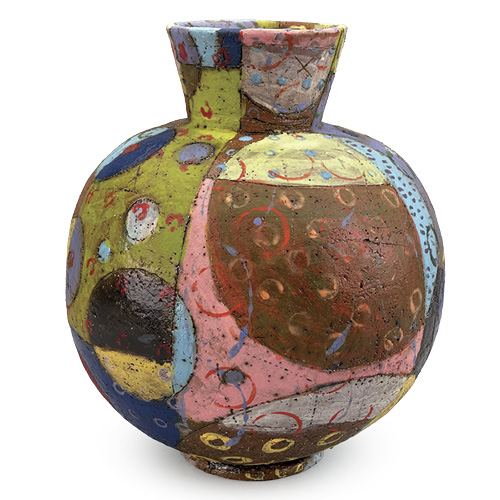 Pottery Making Illustrated: Pattern PlayA Pottery Making Illustrated Readership Contest.
Pottery Making Illustrated: Pattern PlayA Pottery Making Illustrated Readership Contest. -
 Pottery Illustrated: Burnishing and Polishing ToolsIllustrations of burnishing and polishing tools.
Pottery Illustrated: Burnishing and Polishing ToolsIllustrations of burnishing and polishing tools. -
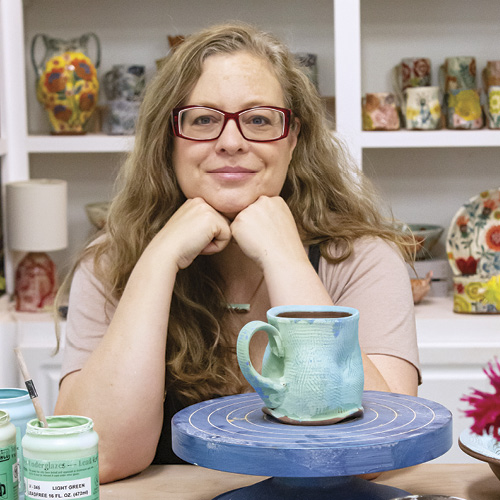 In the Studio: Maker Q&A: Meet Amy IrishI’ve had an affinity for surface decoration from the moment I first touched clay.
In the Studio: Maker Q&A: Meet Amy IrishI’ve had an affinity for surface decoration from the moment I first touched clay. -
 In the Studio: Side Hustle: Workshop DemonstratorIf you have polished your ceramics skills, have developed several unique projects, and are generally an outgoing person who is not afraid to address a crowd, then one of the following options may be for you.
In the Studio: Side Hustle: Workshop DemonstratorIf you have polished your ceramics skills, have developed several unique projects, and are generally an outgoing person who is not afraid to address a crowd, then one of the following options may be for you. -
 Editor's Note: Maximal MinimalistThe patterns do not stop with the contest in this issue, which focuses on surface decoration and glazing.
Editor's Note: Maximal MinimalistThe patterns do not stop with the contest in this issue, which focuses on surface decoration and glazing. -
 Supporters of Pottery Making Illustrated — July/August 2023
Supporters of Pottery Making Illustrated — July/August 2023 -
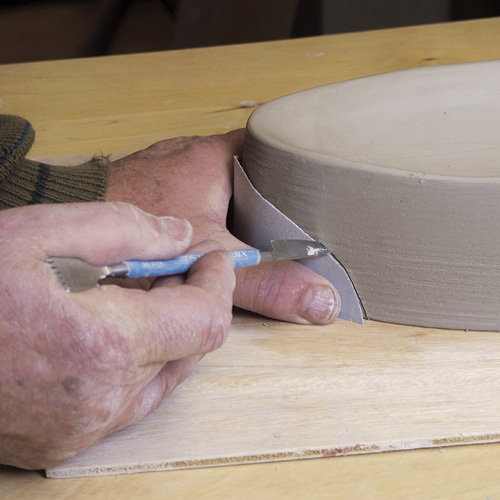 In the Potter's Kitchen: Avocado BoatsAvocados are a big deal these days. So, who wouldn’t want a boat to show off this luscious and healthy green fruit?
In the Potter's Kitchen: Avocado BoatsAvocados are a big deal these days. So, who wouldn’t want a boat to show off this luscious and healthy green fruit?
- 1
- 2
- 3
- 4
- 5
- 6
- 7
- 8
- 9
- 10 (current)
- »
